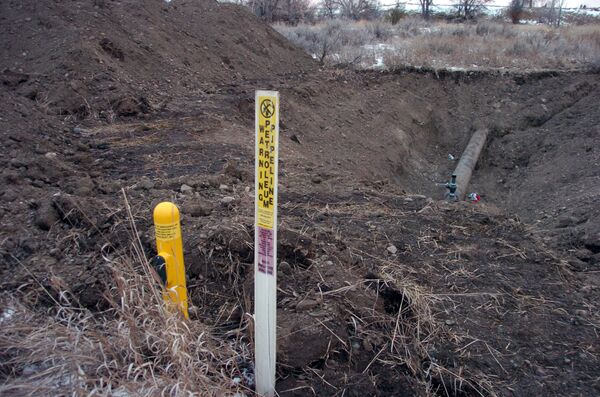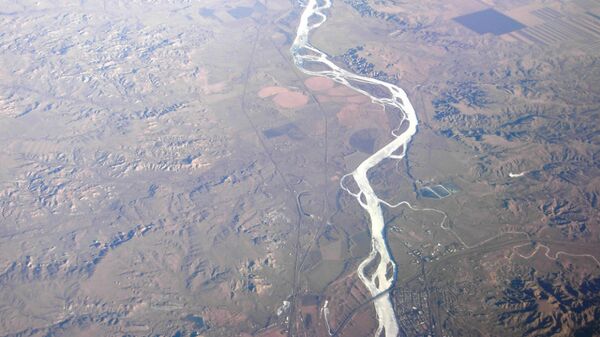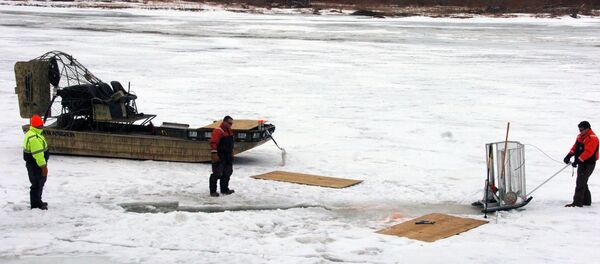Bonnie Lovelace of the Montana Department of Environmental Quality explained that efforts to recover oil trapped beneath the ice could end as early as Thursday, due to how brittle the ice will become.
Bill Salvin, spokesman for Bridge Pipeline LLC, the owners of the Poplar Pipeline, told the Associated Press that monitoring of the River would continue, and that any oil that washes up on the riverbank would be cleaned up.
Salvin estimated that around 1,200 gallons of oil have been recovered from the river so far, in an area comprised of a 90 mile stretch from the spill site south of the town of Glendive to the border with North Dakota.
The pipeline broke on January 17 after a section of it became exposed underwater for unknown reasons.
The director of Montana’s Department of Environmental Quality Tom Livers on Wednesday said periodic inspections of pipeline river crossings remain inadequate.
"I would say it was a surprise (that the Poplar Pipeline broke) but we were not caught off guard," Livers said. "We were way more ready for it as opposed to (the Exxon spill) when we were figuring it out as we went along."
This is not the first time an oil spill has threatened the area’s ecology and surrounding communities. In 2011 an Exxon pipeline broke during flooding, and polluted an 85-mile stretch of the river with 63,000 gallons of oil.

Former Governor Brian Schweitzer established a safety council after the Exxon spill to create proposals as to how to go forward with pipeline management.
Livers noted that two of the recommendations made by the safety council were ignored: maintaining an updated map of Montana’s pipeline network, and bi-yearly meetings about pipeline safety with the directors of the state’s Departments of Transportation, Environmental Quality and Natural Resources and Conservation.
Livers’s agency will consult with federal pipeline officials about inspecting other pipelines in the area in case any others are at risk.
The Poplar Pipeline break upstream of Glendive temporarily ruined the city's water supply. It was last inspected in 2011 and was at that time determined to be buried eight feet underground.



